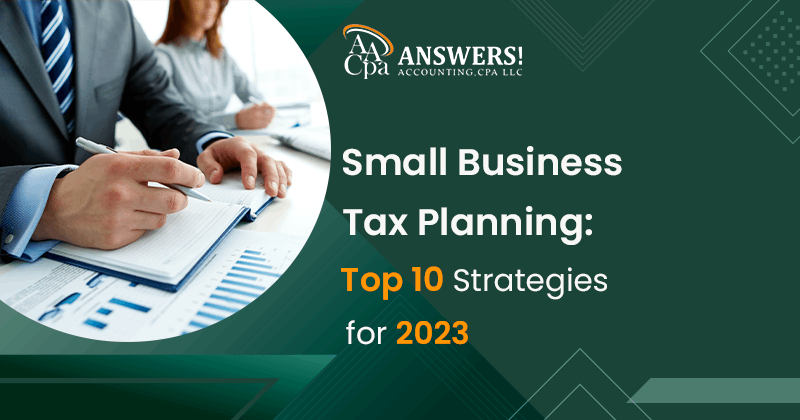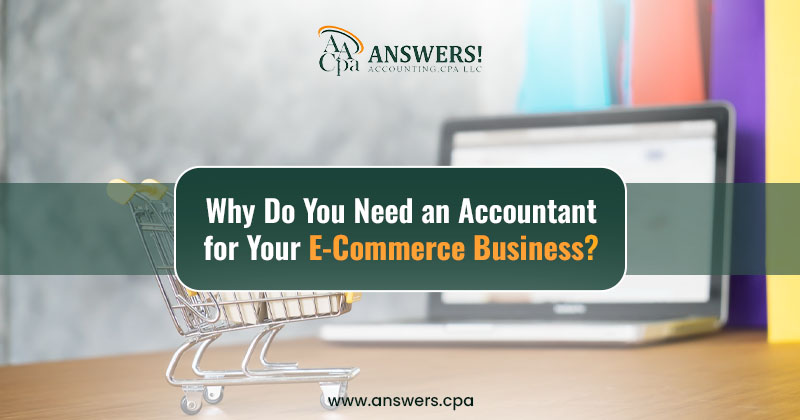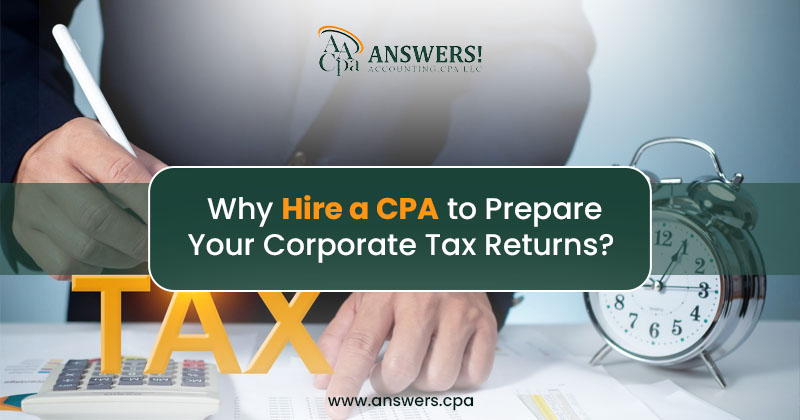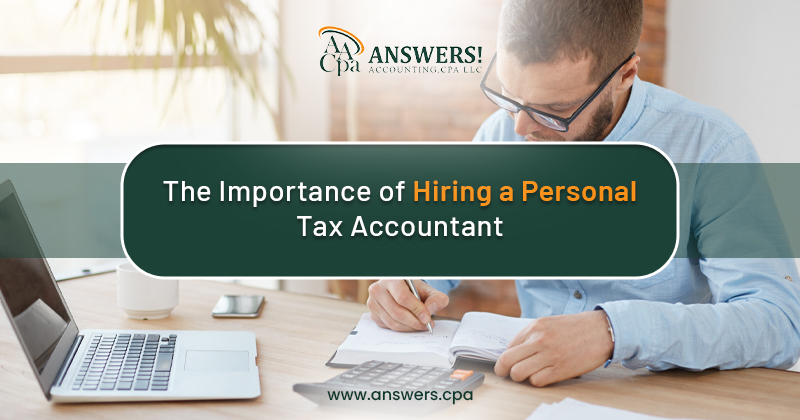Top 10 Tax Planning Strategies for Small Business for 2025
The tax code is the most powerful tool in the nation's toolbox when it comes to tax planning for small businesses. Being aware of how the tax code can be used by entrepreneurs will help you grow your business, and make sure that you're not missing out on any opportunities for growth or profitability. These tax strategies for business owners can provide significant tax savings and tax benefits.
1. Compete for Innovation
Innovation is the key to success. It's a continuous process that involves creating new products, services, and markets as well as developing new ways of doing things. Leveraging tax loopholes for small businesses related to innovation can provide a competitive edge.
To compete on an innovation level, you need to be able to:
- Innovate your product or service
- Create new markets for it
2. Use the tax code effectively.
To take advantage of the tax code, you need to learn how it works. The best way is through education and experience, but if you have limited time or resources, that is not an option. Fortunately, plenty of resources available online can teach you all about taxes in 2024 and beyond—and one of them may be right for your business! Working with experienced tax planning firms or a tax advisor for small businesses can help you navigate the complexities of the IRS tax code and maximize your tax deductions.
The Tax Cuts and Jobs Act (TCJA) was signed into law on December 22nd, 2018, by President Trump himself. The TCJA cuts corporate tax brackets over three years from 35% down one point each year until they reach 20%. This means more money in your pocket when your company makes profits as well as fewer headaches when filing tax returns every year after 2020!
3. Reinvest income in your business.
Reinvesting your business income into your business is a great way to make more money and grow your business. When you reinvest, you're giving back the profits from one year and putting them into another so that when the next year rolls around and those profits are available for reinvestment again, they'll be bigger than before. This is one of the most effective business tax planning strategies.
If this sounds like something you might want to do—or if it sounds like something that would help any small businesses reading this article—we hope this section helps!
Read This: How to Deduct the Costs of Thinking about Starting a New Business?
4. Consider new products, services, or markets.
New products are a great way to diversify your business and make it more profitable. You can also use them to attract new customers or increase sales by providing unique benefits that set you apart from competitors. For example, if you offer personal care products that are made with natural ingredients, this could be appealing to people who want healthier options without paying extra for them at the grocery store or department store (this works especially well when there's no obvious alternative).
Services like accounting for small businesses stay on top of their finances so they don't run into trouble when things get tight—and this is where many owners underestimate how much money they spend on tax preparation services each year! Proper tax planning for small businesses can help minimize your tax liability.
5. Avoid having to file taxes in multiple states.
If you're a small business owner, it's essential to keep in mind that taxes are only one piece of the puzzle. The tax laws are also complicated and nuanced—and can be used against you if you don't know what you're doing.
The best way to avoid this is by moving your business within the state or across state lines. This way, each year when filing taxes, all your employees would be working in one location instead of multiple ones. And if they live outside your home office? Then they'll pay more in rent but less overall than other types of taxes paid by businesses on top of their salaries (like property taxes). Proper tax compliance is crucial to avoid issues with the IRS.
6. Use the right accounting software.
- Use the right tax planning software.
- The best place to start is with your industry, country, and continent.
- Once you know these things, it's time to choose which product fits your needs best.
- Next up, you'll want to look at the features and functionality of each product. This will help you decide which software is best for your business. Tax planning software for accountants and personal tax planning software are both available options.
Read This: What is The Best Tax Planning Method?
7. Understanding Your Expenses and Setting Spending Limits
To know how much money you have left over and how much money you need to save, it's important to know your expenses. This is the first step in financial planning for a small business owner. Tracking your business expenses is key for accurate financial statements and tax projections.
8. Strategic Purchasing and Financial Planning for Long-Term Success
If you're considering a business move, it's important to keep track of your expenses. You'll want to make sure that you're getting the most value for your money and that your purchases are helping your company grow. The following strategies can help:
• Make smart purchasing decisions by knowing what kind of equipment or supplies are needed for each job and how much those items should cost.
• Understand how much time it takes to complete tasks so that you can plan and avoid overspending on unnecessary supplies or labor.
• Use online tools like PriceGrabber, which allows users to search for products at multiple retailers in one place (and save money along with convenience).
9. Investing in Training, Technology, and Education
One of the best ways to improve your business is by investing in training. Training can help you learn new skills and how to work with other people, which will make you more efficient, productive, and financially successful as an entrepreneur.
Training isn't always easy or cheap, but it's worth it if you want to be able to grow your company further down the line. The first step would be finding out what kind of classes are available near where you live—you may have heard about online courses being offered by some universities or colleges; these might be useful if they're offered locally (or even nationally). Next, investigate whether any local institutions offer similar programs at reasonable prices; this way, there won't be any added costs either!
10. Smart Spending for Small Business Growth and Long-Term Sustainability
As a small business owner, you need to be very careful about how you spend your money as you grow. If you don't make wise decisions now, it could wind up being too big of a burden later in life when your company is no longer growing and needs more funding. Small businesses need to understand how taxes work so they can plan accordingly with their cash flow needs and avoid paying unnecessary taxes at the end of each year.
Must Read: - 10 Things to Consider When Choosing an Accounting Firm
Small business tax planning is a crucial aspect of running a successful and profitable enterprise. With the right strategies, entrepreneurs can take advantage of the tax code, reinvest income, consider new products or markets, avoid filing taxes in multiple states, use the right accounting software, and strategically purchase supplies and equipment. Additionally, investing in training, technology, and education can help entrepreneurs improve their skills and become more efficient, productive, and successful in the long run. By implementing these 10 top strategies in 2025 and beyond, small business owners can secure a strong financial future for their companies.








